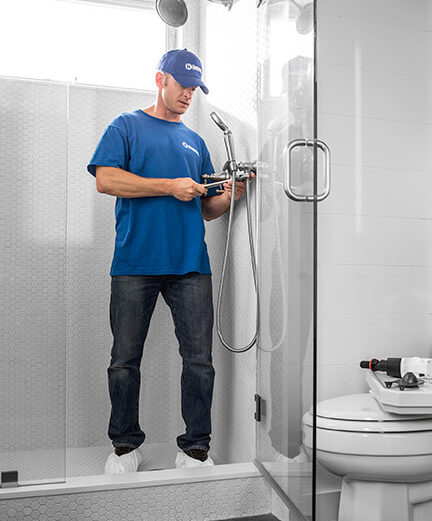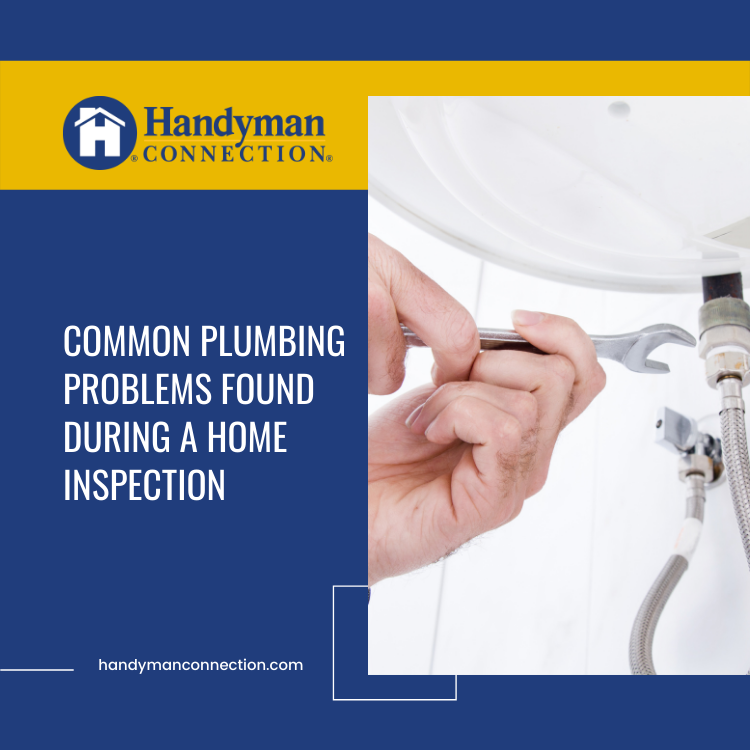We offer a wide range of services for that fresh look, or just maintenance or updates to keep your home functioning and safe. Regardless of the size of the job, we have a craftsman that can tackle it. We offer a wide range of services for that fresh look, or just maintenance or updates to keep your home functioning and safe. Regardless of the size of the job, we have a craftsman that can tackle it.

Plumbing / September 1, 2021

Whether you’re selling or buying a property, home inspection is a vital part of the process. Home inspections can reveal structural and cosmetic problems that affect the property value, asking price and how long the property stays on the market. Inspectors often find issues with the plumbing that the homeowner failed to address, and the owner must pay for repairs before the sale is finalized. An unsatisfactory result can be avoided by using plumbing services in Regina to examine the property’s plumbing before scheduling the home inspection. Here are some of the typical problems discovered during a home inspection.
A clogged sewer line can spell disaster if the problem is not promptly addressed. Every drain in the house can back up and cause flooding, leaking and damage to building materials. A plunger, drain cleaner or auger cannot repair a sewer line clog, and your only option is to contact a professional. Some of the causes of a clogged sewer line include:
If you notice overflowing drains or toilets, you should immediately turn off the water. Water pressure can accelerate the problem and result in an unpleasant cleaning project.
A leaking pipe can increase your utility costs and cause expensive damage to the walls and flooring. Exposed pipes such as those under a bathroom sink are simple to inspect for leaking, but the piping behind the walls is not easily accessible. Discoloured or water-stained drywall is a sign that interior pipes are leaking and require immediate attention. When a leak is detected early, you’ll spend less on replacing drywall, carpeting or tile.
Depending on the quality of the tank and design, most water heaters must be replaced every 10 to 12 years. When the heater fails, the surrounding area is inundated with water. An upstairs unit can cause even more damage when it ruptures and soaks the flooring and ceiling of the lower levels. Signs that your heater needs replacing include:
Although some homeowners prefer to replace the heater’s anode rod rather than buying a new unit, a new anode rod is only a temporary solution. Zinc anode rods are vital to the heater’s efficiency; they prevent corrosive particles from contaminating the water. Unless the heater is only a few years old, you should replace it with a brand-new model.
Toilet leaks have multiple causes, including clogged pipes, tank or bowl damage, gasket deterioration and flapper assembly damage. If the tank and bowl are structurally intact, you can repair the leak without buying a new toilet. Although most toilet repairs are inexpensive, the damage they cause can be substantial if the problem isn’t addressed soon.
Since 2010, the federal government has prohibited contractors from using polybutylene (PB) piping for commercial and residential construction. The pipes were used frequently as a cheaper alternative to copper piping in the 1980s and 1990s. Chlorinated water weakens the pipes significantly and causes them to break and wreak havoc on nearby building materials.
Polyethylene (PE) pipes are another restricted building material only allowed in homes as a water turn-off valve. If you have PB or PE pipes connected in your home, your only option is a complete replacement by a plumbing service.
Some homes constructed before 1960 used galvanized pipes. When the galvanized coating wears off, lead can contaminate the water and make the home uninhabitable.
Before attempting repairs on your plumbing, contact Handyman Connection. Our professional team can help you with plumbing repairs, installations, renovations and so much more.